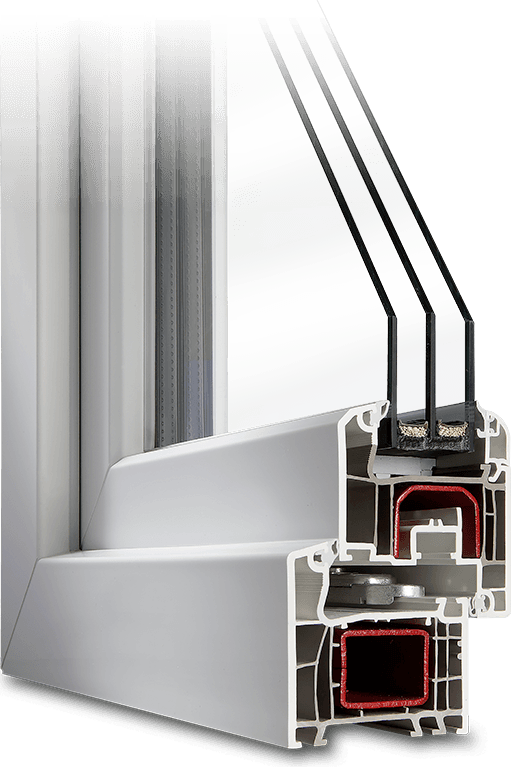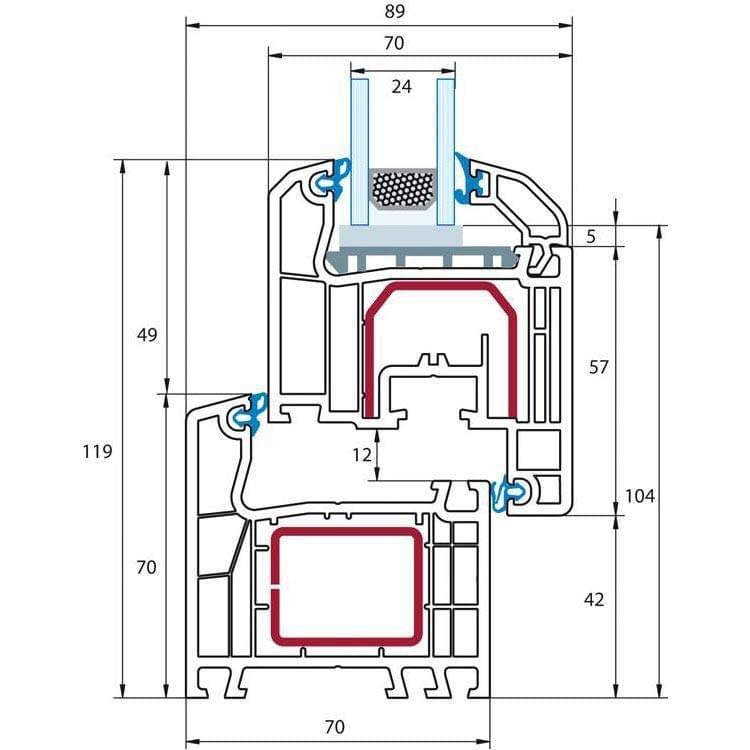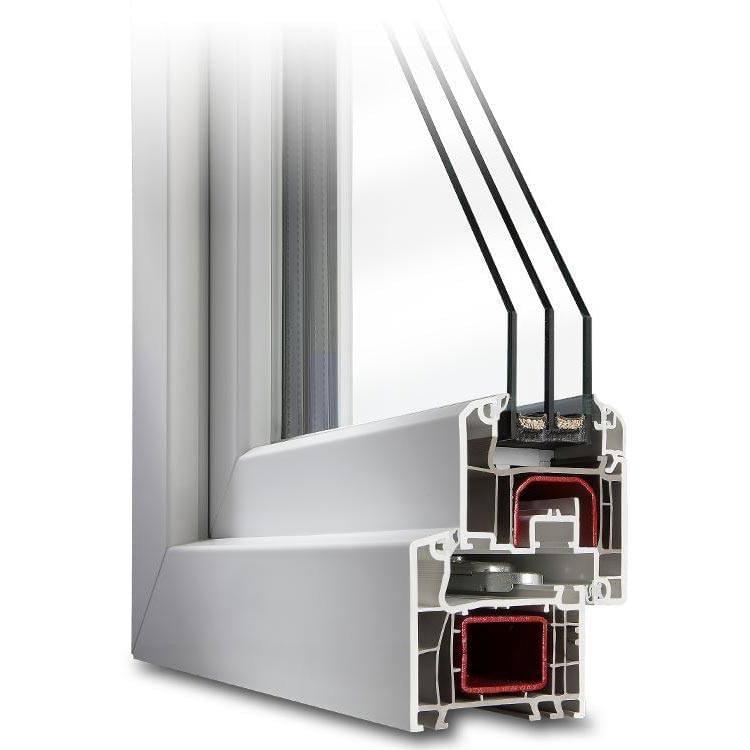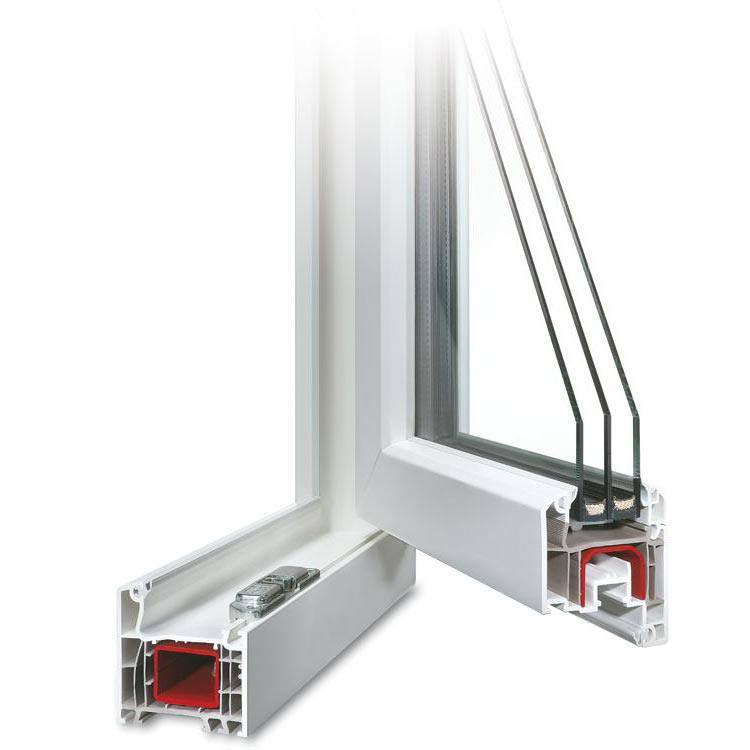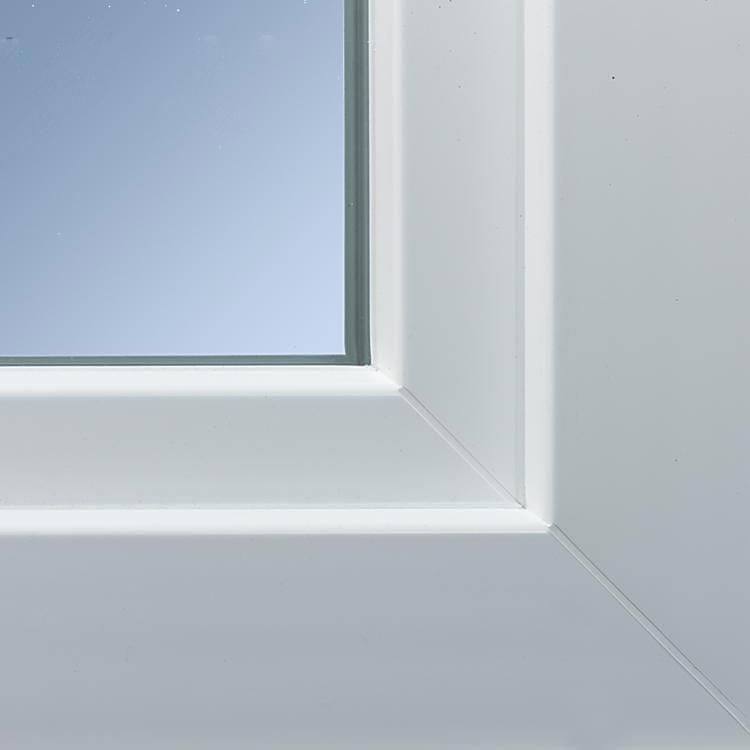The best windows for hot climates need to have very different properties than those for cold ones. High quality uPVC windows for hot regions with lots of sunlight need to resist both intensive uv rays as well as high temperatures. UPVC's excellent insulation properties combined with specially glazed panes provide a great barrier to the exterior environment and reduce the need for excessive cooling via air conditioning by keeping solar heat outside the home. This is measured by the SHGC, or solar heat gain coefficient. The lower a window's solar gain, the less heat it transmits from the sun. Reducing air leakage, and thus wasting cool air, is also key. Developed specifically for the toughest areas of the world, Aluplast's IDEAL 4000 profile is the right choice for hot climates, whether in Florida or Dubai.
Overview: IDEAL 4000 Tropical Mix Profile
- UV resistant uPVC profile
- Designed for hot, sunny climates
- 5 Chamber profile with RAL seal of approval
- Resists discolouration from sunlight
- Designed for hot climates
- Specially developed PVC profile material can withstand solar radiation up to 160 kcal/cm2 and 180 kcal/cm2
- Certified by RAL in Germany, CSTB in France, AENOR in Spain and the AAMA in the USA
- Free of lead and cadmium
- Recyclable profile
- Available for both windows and doors
- Made in Germany

